Ever left the house wondering if you’d come back to a peaceful napper… or a furry wrecking crew auditioning for Home Alone: The Dog Edition? Spoiler alert: some pups handle solo time like Zen masters.
Think about it—while you’re at work battling emails or stuck in traffic singing off-key to old pop hits, some dogs treat your absence as their personal Netflix-and-nap marathon. No mess. No meltdown.
Here’s the twist: independence isn’t laziness—it’s a legit personality trait. Some dogs are furry roommates who don’t mind holding down the fort while you’re gone.
Forget the stereotype of needy pups pawing at the door. These cool canines are more like that one friend who loves you to bits but also guards their “me time” like it’s sacred.
So grab your coffee and settle in—we’re diving into the lovable, trustworthy dogs that turn staying home alone into a lifestyle flex.
Trustworthy Loving Dog Breeds for Staying Home Alone
1. Basset Hound
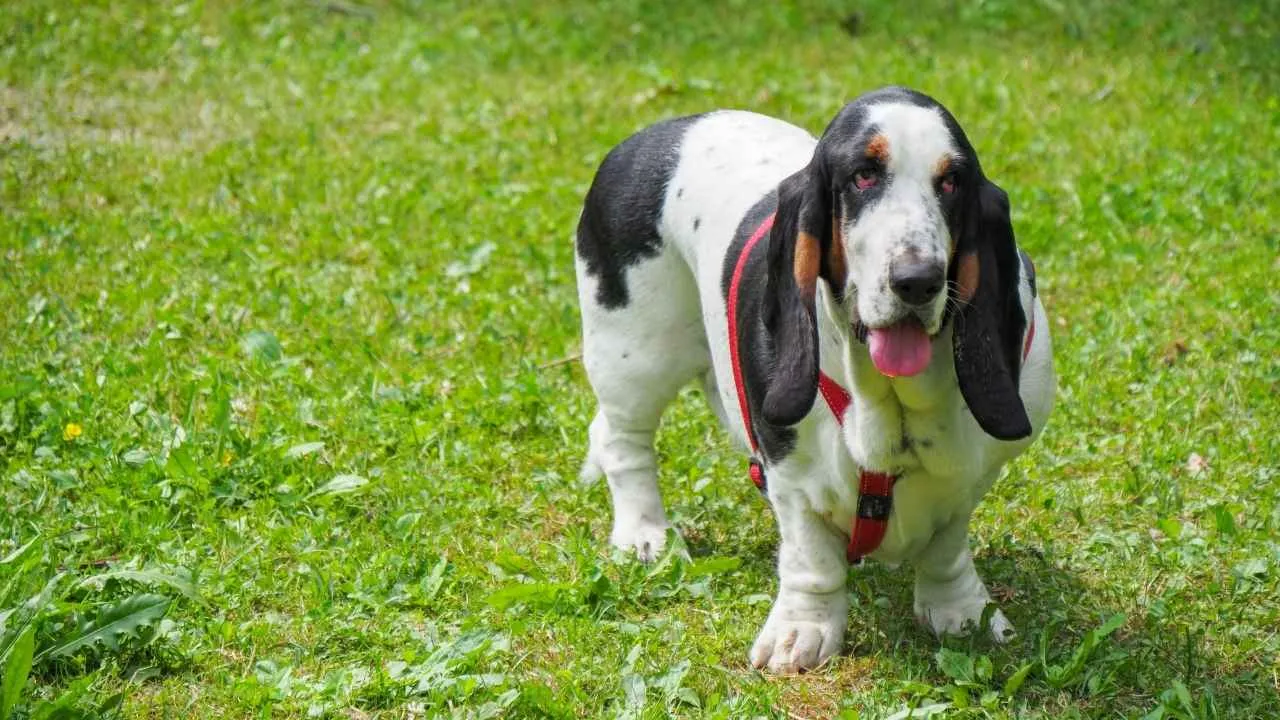
If you’re picturing a marathon sprinter, guess again. The Basset Hound was originally bred to sniff trails, not chase Olympic medals, according to Britannica. Which means when left alone, their favorite sport is… the couch.
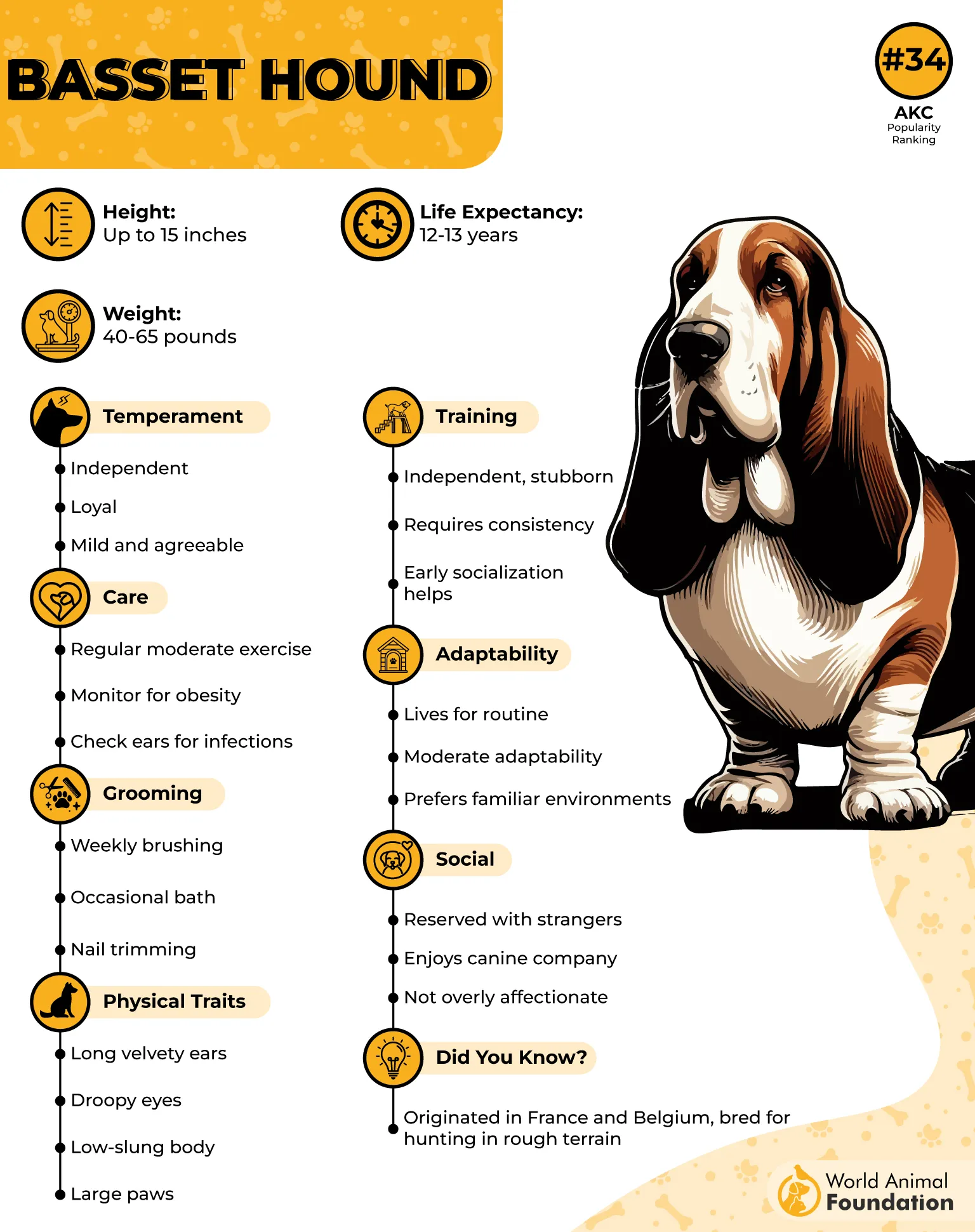
These floppy-eared comedians can tolerate being in a dog home without turning into headline news for destructive chewing. Give them a few playthings, and they’re perfectly happy to nap until you return.
The American Kennel Club notes their mellow vibe, which translates into low separation anxiety compared to certain breeds that panic the second you grab your keys.
Yes, regular exercise is needed, but don’t confuse “exercise” with CrossFit. A couple of long walks will do. Think more casual stroll than high-intensity training session.
Owners often stress about leaving most dogs alone for several hours, but the Basset Hound treats alone time like a self-declared spa retreat.
Want peace of mind for a full workday? This might just be the right breed.
Just remember: patience is required if you expect a speedy response to “come here.” They heard you—they’re just prioritizing their nap schedule.
2. Chow Chow
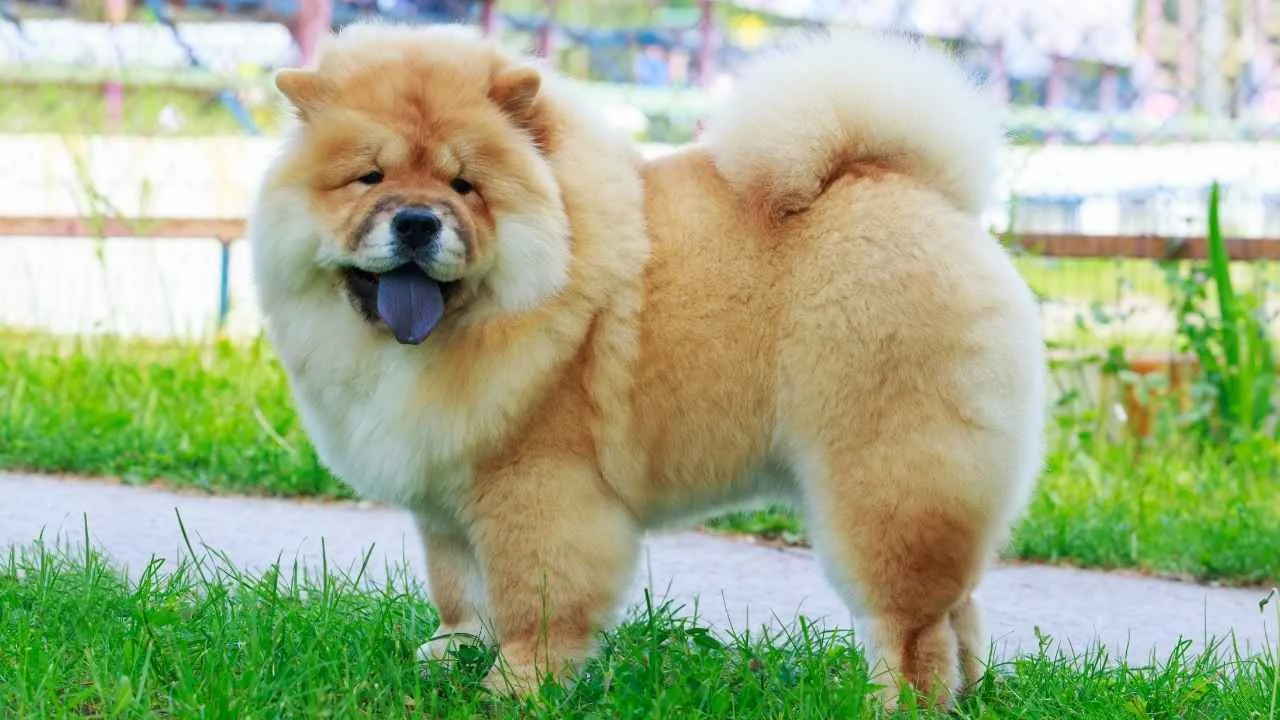
Meet the original introvert in fur. The Chow Chow has the self-confident air of a philosopher who tolerates humans but doesn’t exactly pine when left home.
Forget clingy behavior—this breed can handle long hours without constant reassurance. Some dogs beg for companionship; Chow Chows send you off like, “Run errands, I’ve got life handled.”
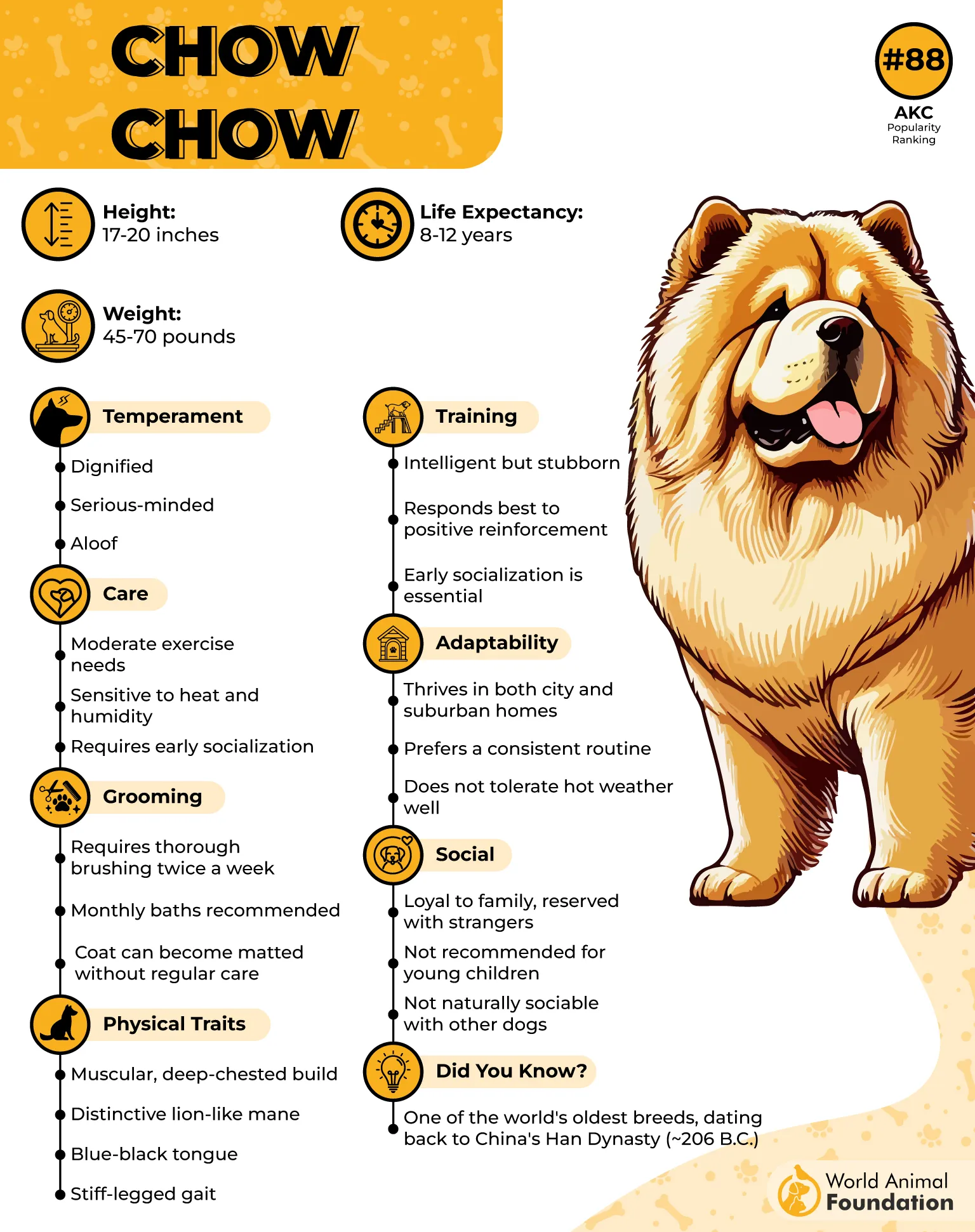
They were originally bred as versatile working animals in China, which explains their independent streak. They’re not your average cuddle machine, but loyalty runs deep.
A Chow will require patience during training—this isn’t the same breed as the eager-to-please small dogs that live for doggy daycare.
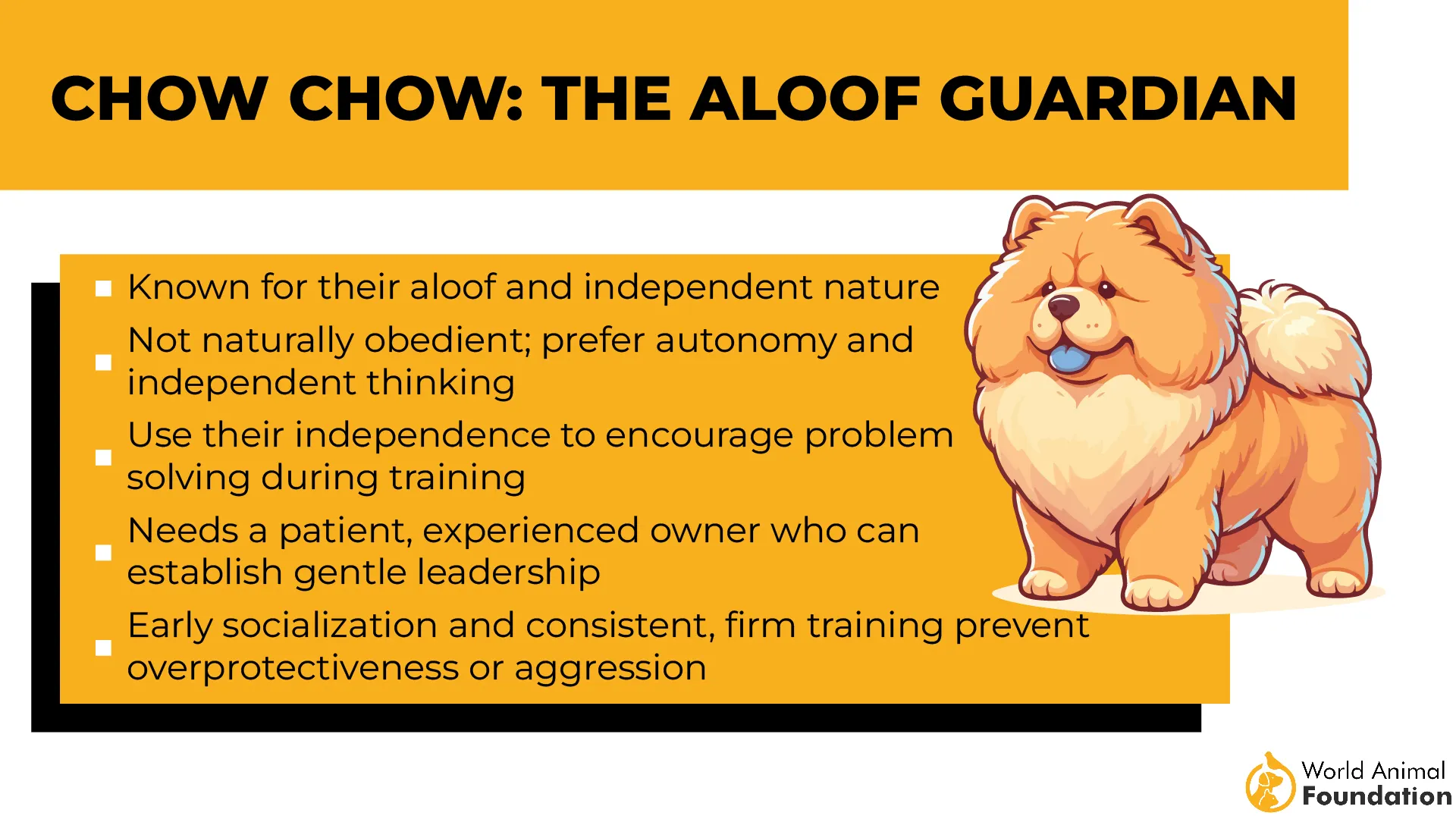
Provide mental stimulation with puzzle toys, and they’ll entertain their own devices like it’s a solo hobby. Think cat-like independence in a guard dog package.
Most dogs bark to fill the silence, but these quiet types won’t drive your neighbors to file noise complaints.
Bottom line: if you need a trustworthy and low-energy companion that can tolerate being alone during the day without drama, the Chow Chow is a perfect fit.
3. Shiba Inu
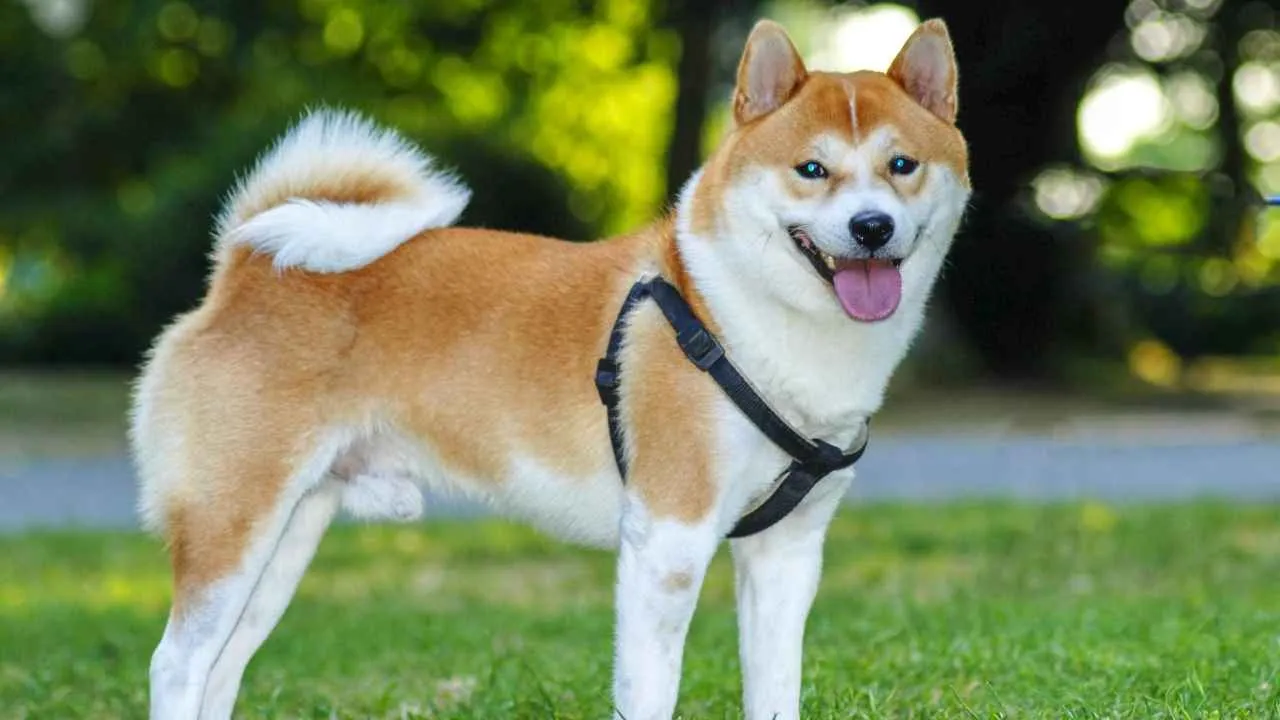
The Shiba Inu has mastered the art of being self-confident—basically, the dog equivalent of “I don’t need you, but thanks for asking.” Left home? They’ll tolerate it just fine.
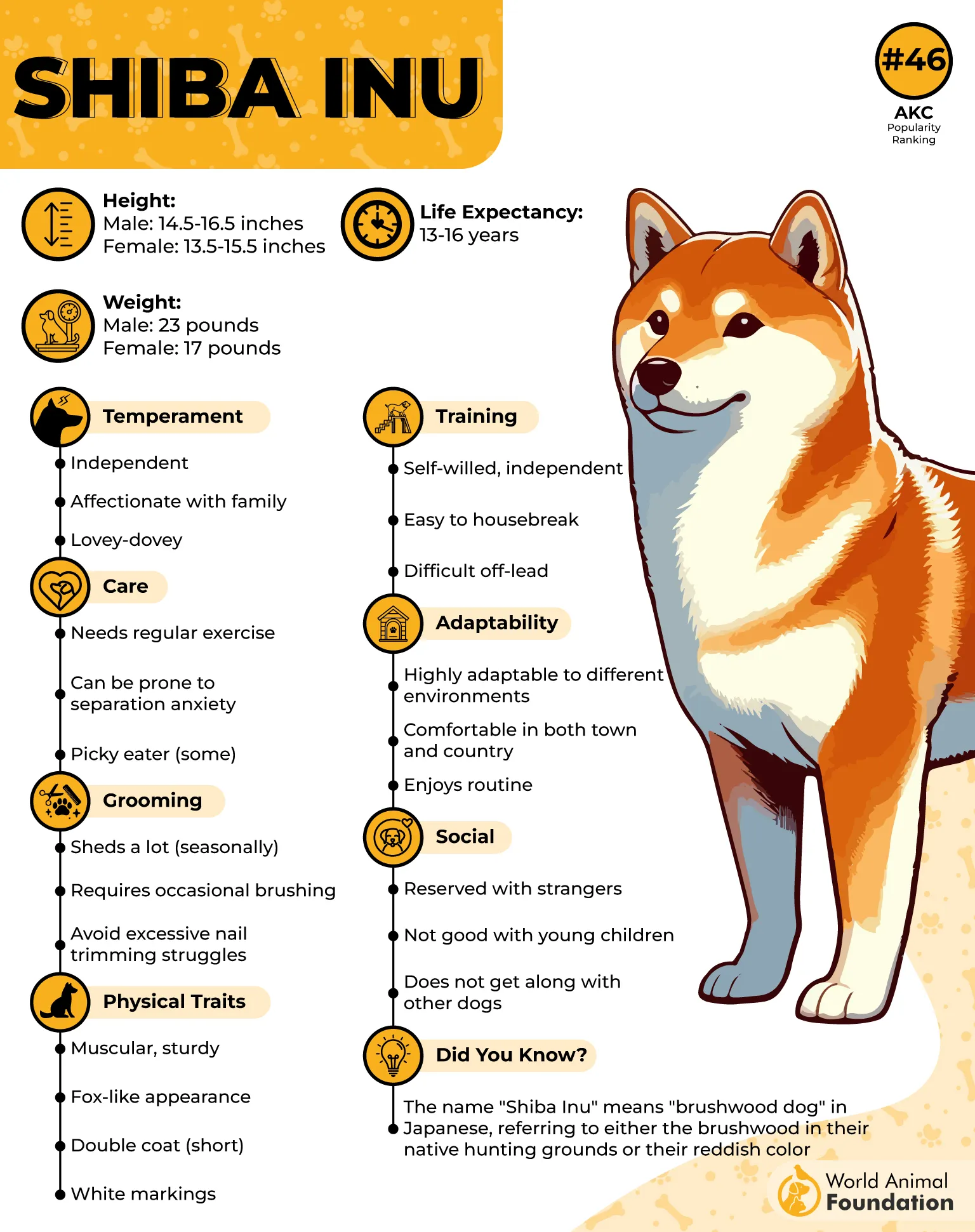
Forget incessant barking; these fox-like charmers would rather guard their dignity than throw tantrums. Alone time isn’t a punishment—it’s practically their lifestyle brand.
WebMD reveals that they were originally bred in Japan as independent hunters, so mental stimulation still matters. A few puzzle toys can keep them from inventing their own “fun” (read: destructive behavior).
Unlike puppies that cry over every closed door, this breed stays perfectly happy on its own devices for many hours.
Owners often wonder if it’s okay to leave a dog alone for a full workday. With proper training from an early age, Shibas can thrive without drama.
A dog walker helps if long walks aren’t in your schedule—but even then, they’re no clingy French Bulldog.
Bottom line: trust them with alone time, but don’t skip exercise, or they’ll rewrite your furniture’s destiny.
4. Greyhound
Surprise! The Greyhound, famous for sprinting like a rocket, is a professional couch potato when left alone. Alone during the day? They’ll spend time… sleeping. Lots of it.
Despite being one of the fastest animals on earth, they don’t require as much activity as you’d think. Long walks or short runs satisfy their well-being.
Once that’s done, you can leave a dog alone for long stretches, and the Greyhound won’t stage a protest march. Think “Olympic sprinter meets Netflix binger.”
Alienation anxiety? Low. Destructive chewing? Minimal. Most dogs dream of dog parks; Greyhounds dream of dog beds.
They’re well-suited for humans with full workday schedules, as long as you offer companionship before and after.
Give them a couch, some sleep, maybe some toys—and this right breed is perfectly happy to be left to their own devices.
Seriously, they might be the only patrol dogs who protect… your nap schedule.
5. Basenji
Meet the “barkless” dog that doesn’t do incessant barking—because they literally can’t. Instead, Basenjis make odd yodel sounds, which are quirky until you hear them at 6 a.m.
When left at home, they’re fitted for unaided time if they’ve had mental stimulation first. Puzzle toys save your sanity from destructive behavior.
Originally bred as hunters in Africa, they’re quick thinkers who tolerate being on their own devices better than most dogs. But don’t confuse independence with neglect—they still need exercise, says Purina.
Basenjis can handle several hours alone without spiraling into separation anxiety, but grooming is key. Their short coats practically clean themselves—low odor, minimal shedding, no doggy daycare hair disasters.
Owners rave that they’re like cats in dog bodies: self-confident, sleek, and allergic to slobber.
Give them toys, and they’ll entertain themselves between naps.
The only risk? You come home, and they’re giving you side-eye for daring to have a life.
6. Boston Terrier
The Boston Terrier is the tuxedo-wearing comedian of the dog world. Left alone, they manage better than many small dogs—assuming you don’t ditch them for long stretches daily.
This right breed thrives with proper training from an early age. Otherwise, they’ll spend time turning alone time into an amateur comedy act—think deadly chewing as their punchline.
They’re well-suited for apartments because they don’t require as much movement as high-energy breeds. A couple of long walks, and they’re couch potatoes in designer suits.
Separation anxiety is lower than you’d expect, but they do like human companions. So, leave a dog alone for a full workday only if you hire a dog walker.
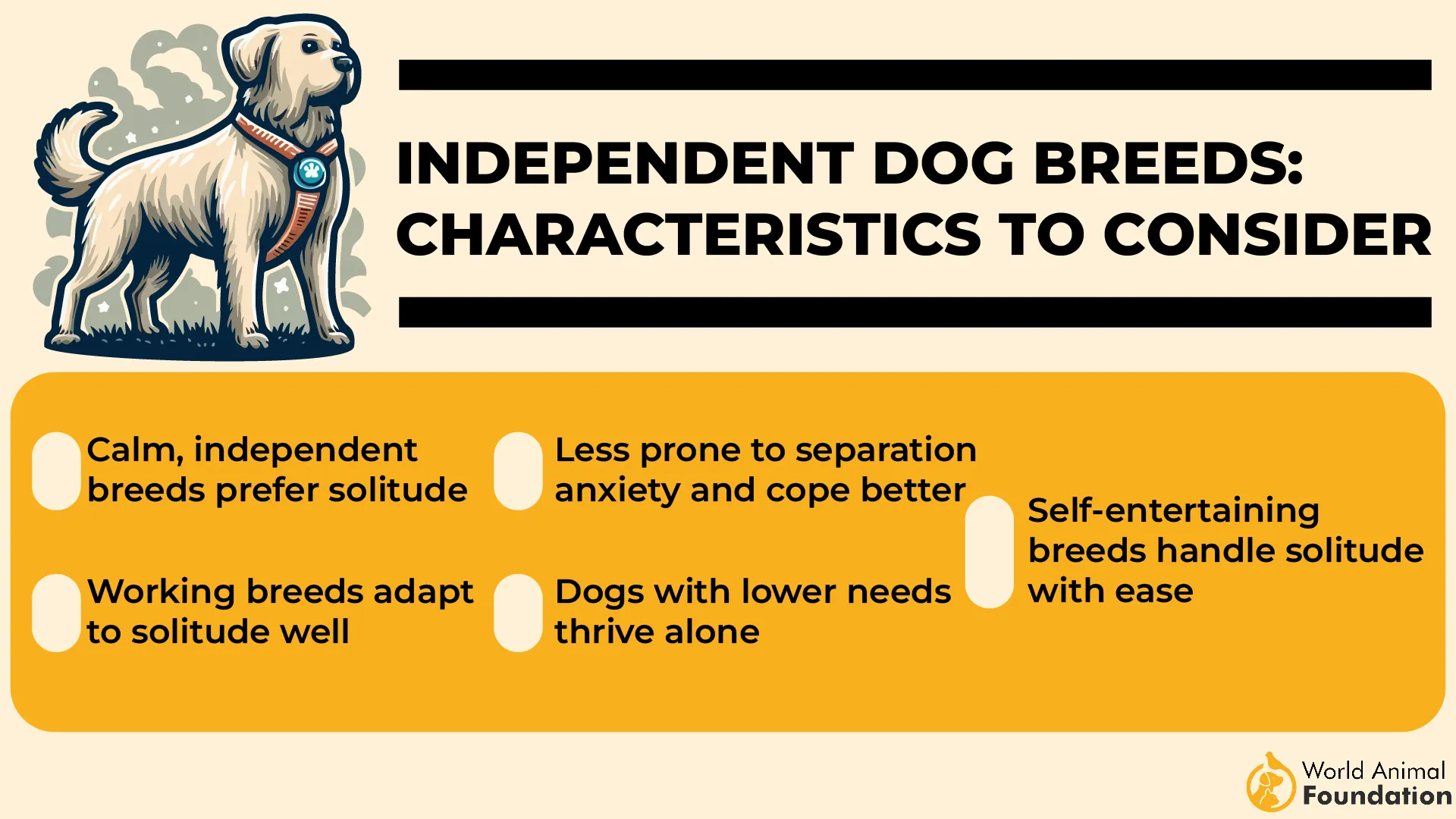
Grooming? A dream. Their sleek coats need just a quick brush to look sharp. Forget endless vacuuming—you’ll spend more time cleaning your couch crumbs than their fur.
Perfectly happy with a few toys, they make a great fit for busy city life.
Just don’t expect them to double as guard dogs—they’d rather charm intruders than chase them.
7. Bullmastiff
Imagine a bodyguard who doubles as a nap champion—that’s the Bullmastiff. Alone during the day? They tolerate it like pros, as long as they’ve had some exercise.
Originally bred as estate security dogs, they’re naturally calm and self-confident. This makes them one of the best dog choices for owners with full workday schedules.
Most dogs need constant attention, but Bullmastiffs? Give them a couch, some sleep, and plush toys, and they’re perfectly happy to hold down the fort.
Separation anxiety is low, violent chewing is rare—but grooming requires patience. Their short coat sheds moderately, so regular brushing keeps their well-being (and your couch) intact.
PDSA advises that owners should remember: despite their size, they don’t require as much exercise as, say, a Greyhound. Long walks are plenty.
They’re good for families with kids, but keep in mind that early training is essential.
Trust them alone at home, but don’t be shocked if they spend time drooling on your pillows like it’s a side hustle.
Conclusion
Leaving a dog home alone doesn’t have to feel like starring in a canine soap opera. The right breed can turn a full workday into just another nap-filled adventure.
The big takeaway? Certain adult dogs are perfectly happy to handle a few hours—or even long periods—without turning your furniture into modern art. Independence is not a flaw; it’s a lifestyle.
Of course, not every pup makes the cut. While our spotlighted stars shine, other dogs like the Miniature Schnauzer, Scottish Terriers, Lhasa Apso, Great Pyrenees, and Shar Peis deserve honorable mentions for coping like pros when left to their own devices.
Every dog is different, though. Some tolerate a short time solo, others can stretch those long periods with ease—what matters most is proper training, exercise, and a few toys for mental stimulation.
Want to run errands worry-free? Choose the right breed, give them regular exercise, and you’ll avoid the dreaded destructive behavior spiral.
Now it’s your turn: which dogs in your life nail the alone-time game? Drop a comment, share this with fellow owners, and let’s swap stories about the true champions of “me time.”


